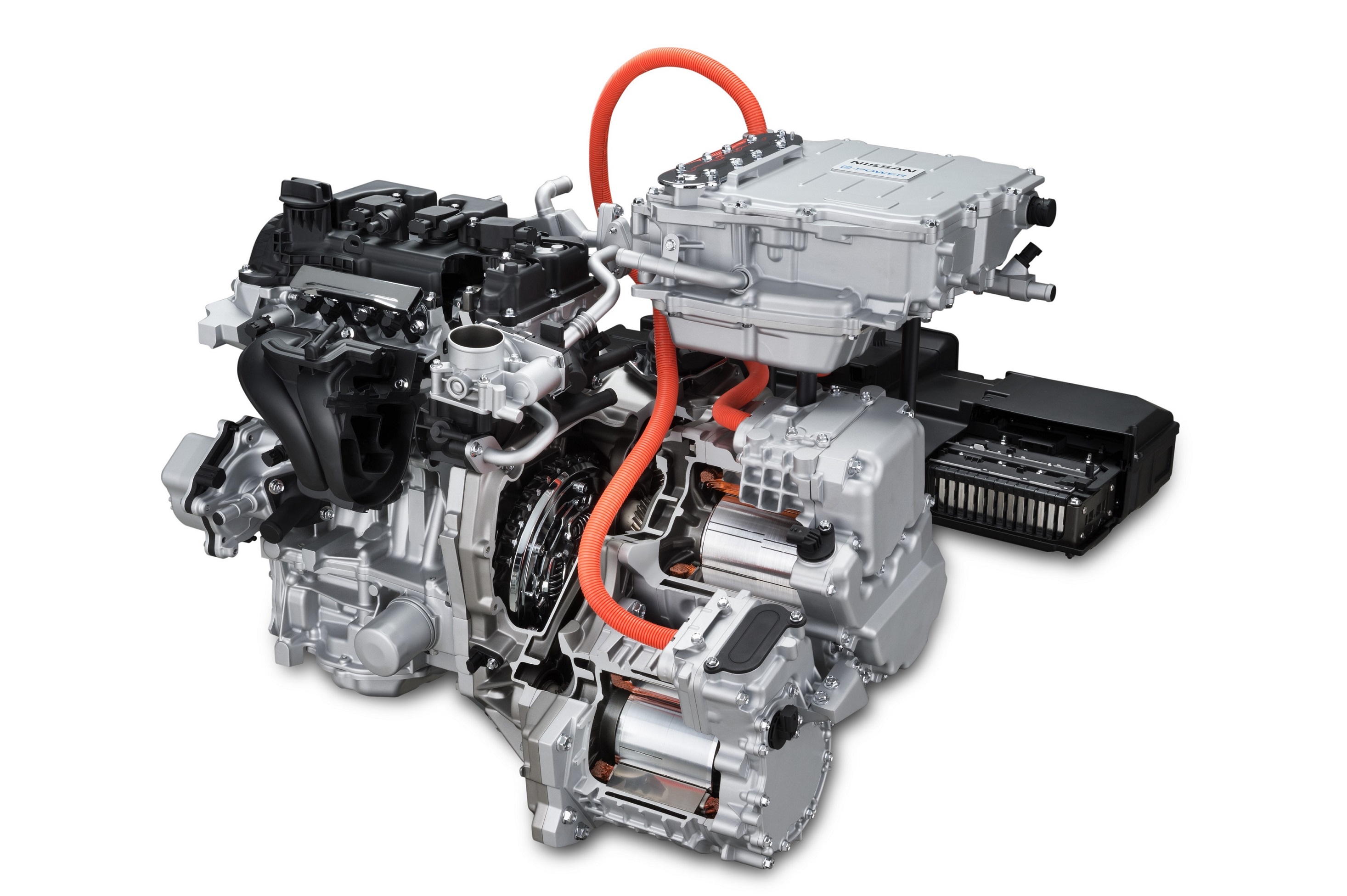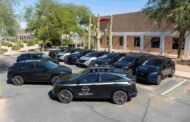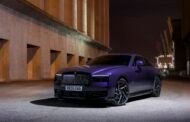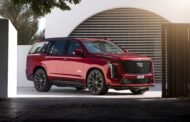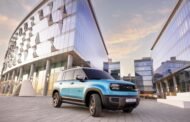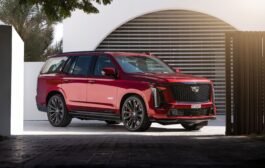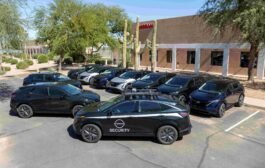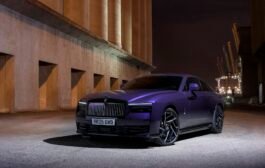Nissan Motor Co. Ltd., has for the first time made its new drive system called e-POWER available to customers and this marks a significant milestone in the Japanese automotive major’s electrification strategy under the Nissan Intelligent Mobility initiative.
e-POWER is heavily inspired by the EV technology that is used in the Nissan LEAF, which has over the past years roved to be the best-selling pure electric car in history, with over 250,000 units now on the roads in different countries spread across the globe. In the case of the e-POWER, a small gasoline engine has been added to charge the high-output battery when needed, eliminating the need for an external charger while offering the same high performance.
The technology of e-POWER
The e-POWER system comprises a full electric-motor drive which serves as the sole source of power for the wheels. A high-output battery delivers power to the e-POWER’s compact powertrain. The components of the powertrain include a gasoline engine, power generator, inverter, and a motor. Normally, hybrid systems consist of a low-output electric motor that is paired with a gasoline engine to drive the wheels when the battery is low or when the vehicle is going at high speeds. The main difference in the e-POWER system is that the gasoline engine is not connected to the wheels and is used merely to charge the battery. When compared to a full EV, in the e-Power drivetrain, the power source originates from the engine and not just the battery.
This difference in structure makes should generally call for a bigger motor and battery as the motor is the sole direct source of power to drive the wheels. Hence, using the system in compact cars poses a problem. However, Nissan has solved this issue and used innovative weight saving techniques, developed more responsive motor control methods and optimized energy management to create a a smaller battery than the one used in the LEAF for the e-POWER drivetrain. So, users will get the same driving experience as a full EV.
The benefits of e-POWER
The main advantages of e-POWER is that massive levels of torque are delivered almost instantly, with the outcomes being a better drive response and smoother acceleration. Also, like a full EV, the drivetrain operation is very quiet. As the engine is used rarely, the fuel efficiency is comparable to that of leading conventional hybrids, especially in city driving. The e-POWER system thus offers the benefits of using an electric car while eliminating the hassles of worrying about being stranded without charge.
Development history
“Nissan Intelligent Mobility” is geared towards achieving Nissan’s zero-emission vision through innovative technologies and the new and more efficient electric powertrain is definitely one step that will help the company achieve this goal. Another development that has been made in this regard is the development of the SOFC (Solid Oxide Fuel Cell) fuel-cell vehicle.






